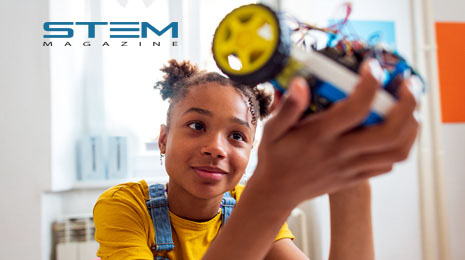
Originally published in STEM Magazine, June 2024
Four Models for Cross-Curricular STEM Integration
STEM education is still a relatively new discipline, but educators have devised several innovative ways to implement STEM programs. Some include the arts (STEAM), while others add in agriculture (STEAMA). With so many possibilities for implementation, schools and districts often look for models and standards from certifying bodies to ensure quality programs. These certifications do more than offer formal recognition; they empower educators to promote students’ deep thinking and connect learning to outcomes associated with success.
For example, among the STEM certification standards developed by Cognia, a nonprofit specializing in accreditation and certification, are requirements for within-school opportunities and interdisciplinary frameworks. Those two standards ensure depth of learning by “de-siloing” STEM learning. STEM becomes embedded in pedagogical practice throughout an institution, and students can see how different disciplines interconnect. The interdisciplinary approach also encourages the use of instructional models – such as project-based and inquiry-based learning – that foster student engagement, analytical thinking, critical thinking, problem-solving, and creativity. Our schools and districts have aligned with those two standards by integrating STEM principles across the curriculum. This practice has become popular, not only because of its effectiveness in establishing quality programs but also because of its flexibility in implementation.
As the examples below illustrate, we have each taken different paths to cross-curricular STEM integration. Yet, we all share a commitment to building programs that reflect the practices and characteristics of a rigorous, relevant, and age-appropriate STEM education.
How The Goddard School Embeds STEAM in Early Learning
The Goddard School franchise system, a leading early childhood education provider serving nearly 100,000 young children at more than 640 schools throughout the United States, has used inquiry-based learning to integrate STEAM into its early learning curriculum. At this development stage, children naturally question and investigate their surroundings, making it a perfect time to introduce scientific processes to solve problems.
STEAM activities are carefully designed to develop age-appropriate skills in identification, analysis, and problem-solving. For toddlers, something as simple as flipping a light switch on and off becomes a real-world problem that lets them learn about testing theories as well as trial and error. One child realizes that the light goes off every time the switch is pushed down, and the other children confirm that the same thing happens when they perform the action. Next, they investigate what happens when two switches control the same light bulb.